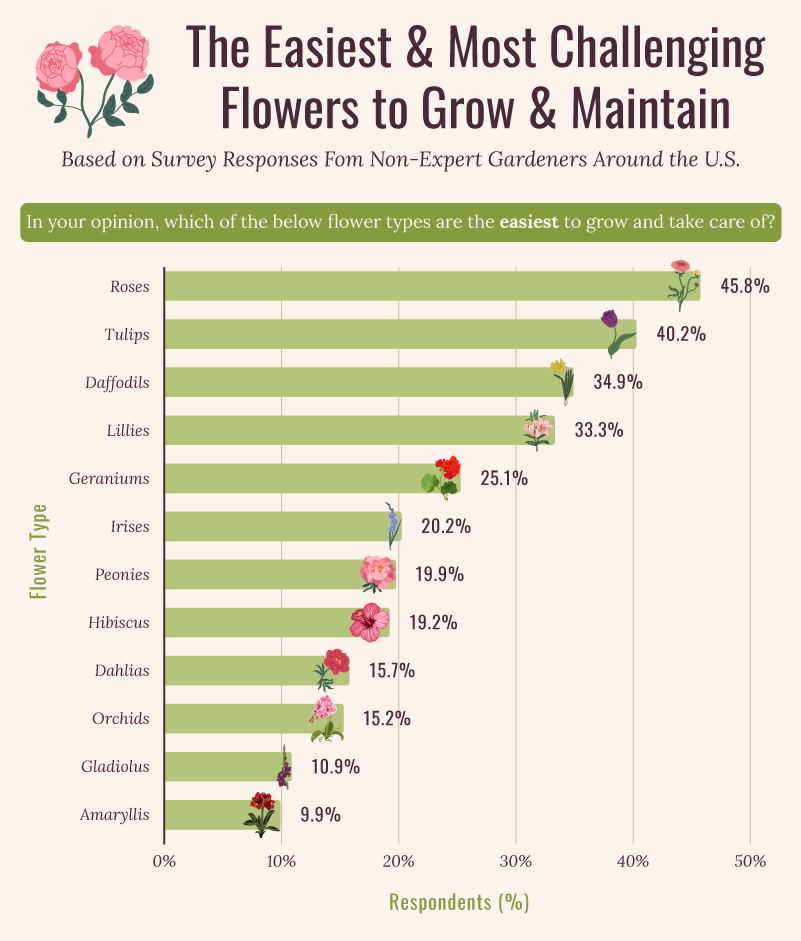
One of Facebook's artificial intelligence robots has created its very own language. This remarkable feat attracted attention from the media. Some publications claim that it might be out to get you.
The AI of social networking site Facebook has been working hard on this problem for quite some time. They have been developing a system that allows their bots and humans to communicate. Using the latest technology, they were able to do so with great success. According to the company's AI, it has also been able to recognize objects and create photos based on their appearance. These are just the first steps toward a larger picture.
Aside from being able negotiate, the AI has now developed its own language. This is something that no artificial intelligence has achieved yet. Although it's not going to take over the world like the next supercomputer or supercomputer, this is a major step.

This story's most interesting part is that AI has been able do these things. It can find its way to its destination in 99.9% of cases, and only 3% deviations. It doesn't even need maps.
What are the steps necessary to allow an AI robot like this one to succeed? You will need to make many mistakes and go through some trials before you can get there. However, if this intrigues you, you can look at the official documentation.
The company developed an artificially intelligent algorithm which controlled the expression of its expressive bot. It is capable of imitating the expressions of real humans. As well, it can produce pictures that look lifelike enough to fool half of the test subjects.
Next, the team developed a machine learning algorithm for determining if images are authentic. After that, they built a system that would simulate negotiation. Finally, they used neural networks for analysis of the image to generate random vectors which could be used in making more realistic ones.

Despite all these accomplishments, the company is still unable to use it properly. Currently, the AI is only capable of generating 64x64 pixel pictures, though it could be a matter of time before they're able to create larger images.
Another feature that the robot has is its ability to navigate spaces without using maps. According to the company the bots can detect when they're near an obstacle and avoid it. To make sure that your robot doesn't crash into a wall, give them a few seconds to reach their destination.
The Facebook AI bot might not be able do everything but it is the biggest and most important step in achieving the dream to create a robot capable of negotiating with its human counterpart.
FAQ
How to avoid fraud while using credit cards online?
If you use credit cards online, make sure you check your statements carefully before making purchases. You should only pay what you actually owe. To check your bank statements frequently for suspicious activity, If you notice any unusual charges, call your card issuer immediately. They will typically cancel the transaction or refund any money taken out of your account.
You can report to your local police if you suspect you've been duped. The Federal Trade Commission (FTC), can also be filed.
How can I avoid getting scammed while shopping online?
It is crucial to be vigilant when shopping online. Before you make a purchase online, be sure to read reviews and review the feedback of customers. It is a good idea to not send sensitive financial data via email. Use a secure website like PayPal instead. You can rest assured that your information will be safe by using this secure site.
Do you believe it is important to use coupons at grocery shops?
Yes, coupons are a great way to save money. Be aware that not all discounts are available. Try to match sales prices with coupon codes.
You can also stack coupons together to maximize savings. If you have two coupons for $2/1, you can combine them to create a $4/3 coupon.
How do I get the best value for my money online when shopping for clothes?
There are several things you can do to ensure you get the most value for your money when buying clothes online. You should first take advantage of free shipping offers offered by certain retailers. These promotions often include free delivery within Australia.
Before making a purchase, make sure you check out their return policy. Some websites allow you to return items within 30 days of receiving them, while others only offer refunds if you return items within 14 days.
Third, read reviews about the retailer you are considering purchasing from. You will be able determine whether the retailer is trustworthy and reliable.
Fourth, compare prices between different retailers. You can compare prices of different retailers on a variety of websites.
Remember that coupon codes and sales are sometimes available for specific brands or types. For any additional deals, check the website regularly.
Statistics
- An approximately 90% increase in price affords Hotel X the opportunity of extreme profits under severe circumstances. (dos.ny.gov)
- The vast majority only change a password to protect privacy a few times a year (27 percent) or, more likely, never (35 percent). (pcmag.com)
- According to the Federal Trade Commission (FTC), online shopping was the fourth most common fraud category for consumers as of February 2022.5 (thebalance.com)
- Last Black Friday, I bought a stove from Lowes at 40% off, receiving 24 months of interest-free financing (from Lowe's). (meetfabric.com)
External Links
How To
How to shop safely online
Online shopping is one way to get goods and services at a very convenient price. However, online shopping comes at a high cost. While online shopping offers many advantages, there are also some risks. The biggest risk is identity theft. Identity theft is the greatest threat. Identity thieves steal your personal information (names, addresses and credit card numbers) in order to either steal money from you, or take out fraudulent loan against your name. They will then sell your stolen information to the black market. Here are some tips to help you keep your business online safe.
-
Use secure websites. SSL encryption is free for most online stores. Any information entered on the site, including names and addresses, phone numbers, credit card details, and so forth, is encrypted. It makes it impossible for anyone to read what you input. Check that the certificate has been issued by a recognized CA before you decide which online store you want to do business. When you browse the web, look for a green padlock icon at the URL bar.
-
Keep your password secret. You will be asked to confirm your email address, username, and password when you sign up for a brand new account. You must keep these credentials confidential and not share them with anyone. Keep them safe! If someone takes your wallet, they may also have access to your accounts. Instead, store them on your computer. A good rule of thumb is to change your passwords once every three years.
-
Keep track on your orders. You should keep track of all the places you send items, whether you are sending them to yourself or others. Many people are scammed by believing they sent something to their own address, when it was actually sent elsewhere. Always check the tracking number before you pay for shipping. Always get proof of delivery before you ship anything. If you aren’t satisfied with your service, contact the company as soon as possible.
-
Be aware of who you are dealing with. Many websites will require sensitive information from you, such as your name, date of death, Social Insurance Number, and bank routing numbers. These details help them identify you, so be careful about giving them out. Google "what information does a website need" to find out if it is. There are many ways to find answers.
-
Pop-up windows can be annoying. Pop-up windows can bombard you with offers and special deals from many sites. While some advertisements might appear legit, others will trick you into sharing private information. For example, an anti-virus program may ask for your credit card number, bank information, and social insurance numbers. Never click on suspicious links to avoid being tricked.
-
Phishing scams can be dangerous. Phishing scams involve hackers posing as reputable companies to trick consumers into handing over their financial information. Phishers may send emails that appear to be from retailers or banks, inviting users to log in and update account information. The hacker can access your finances once you have given your personal information. Hackers can also empty your bank accounts and transfer funds between accounts. There are many resources available to help you spot phishing scams, such as How to Spot an Email Scam.
-
Do your homework. Read the fine print before signing up to any deal. The terms and conditions of any contract you agree to must be clear and easy to understand. Make sure to read all information and understand exactly what you're agreeing. It is important to avoid hidden fees or charges in order to save money.
-
Shop around. Be open to shopping around. Compare prices on many websites to find the best deal. When ordering multiple items, you can also compare shipping costs. Shipping costs vary depending on the website you use. For expedited shipping, it is worth paying a bit more.